Fibres enhance the flexural strength of concrete, and increases the stress and load bearing capacity of concrete. It helps reduce the formation and propagation of cracks due to drying shrinkage and temperature changes. As a result, there is reduction in surface cracks in concrete. Our synthetic fibre reinforced concrete solutions offers a wide range of benefits in construction. Synthetic fibres are now commonly used as a steel mesh alternative in Europe, Americas, Asia, Australia and the Pacific Island nations.
These are just a few of many widely documented technical benefits, the use of FRC also brings a wide range of environmental, economic and social benefits.
From a safety point of view, by replacing steel mesh, FRC reduces the likelihood of accidents on site and ensures safer work environments. FRC reduces the cost and time required for concrete constructions.
It also minimises the need for disruptive maintenance, ensuring smoother traffic flow and increased reliability in critical infrastructure. Additionally, FRC offers design flexibility and better crack resistance which lead to more attractive and aesthetically pleasing structures.
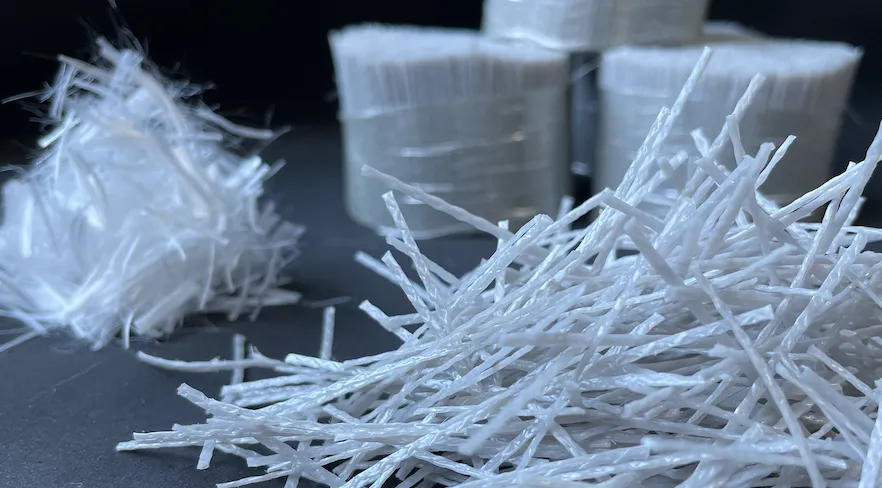
Macro Synthetic Fibres
Micro Fibres
Macro + Micro Fibres
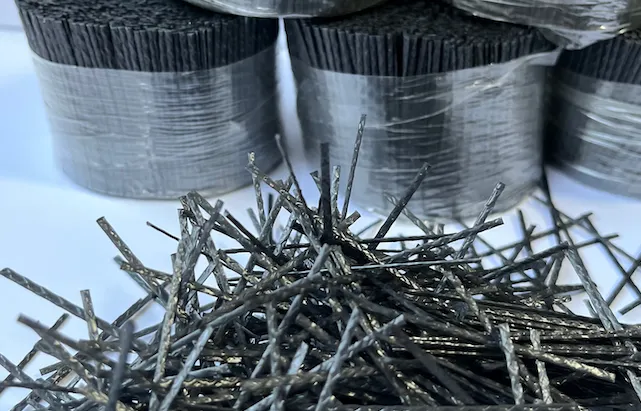
100% Recycled Macro Synthetic Fibres
(Available only in Australia)
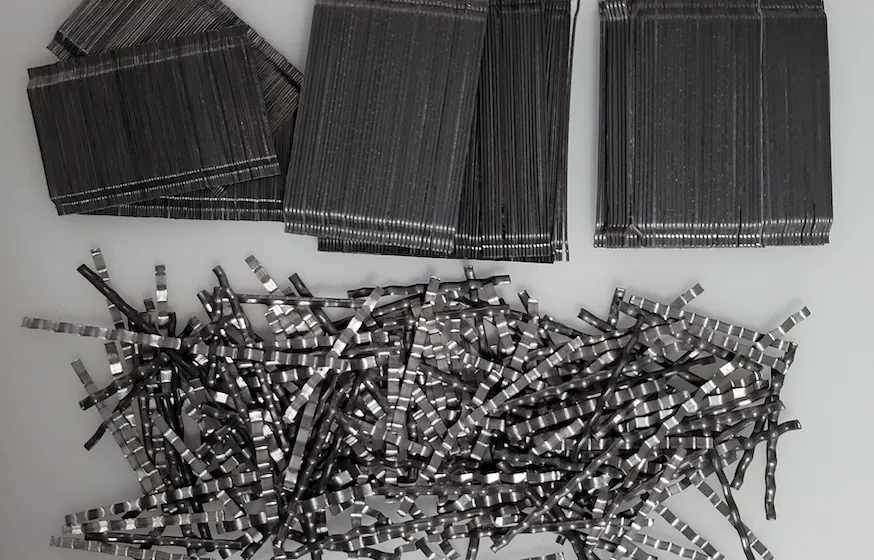
Low Carbon Steel Fibres
Glued Hooked End Fibres
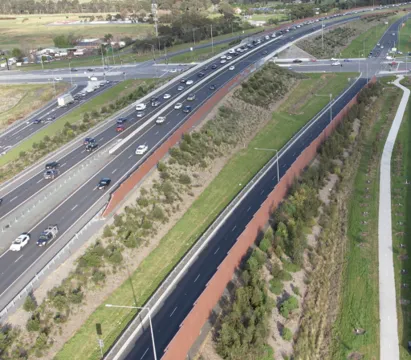
Material costs and availability, safety, timely project completion and design flexibility are critical to local and state government projects. Synthetic fibres are a perfect solution for projects aiming to reduce carbon footprint. Our recycled macro synthetic fibres (made from recycled plastic) are widely used in council infrastructure projects for footpaths, cycleways, and shared paths.
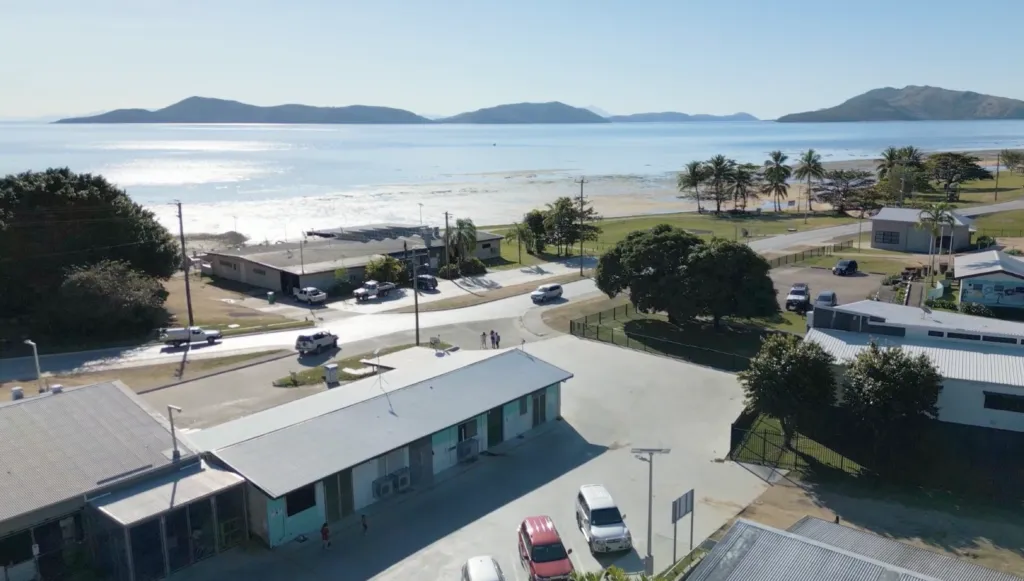
Steel or rebar reinforced concrete infrastructure is susceptible to corrosion in harsh coastal environments as moisture and salt combine to corrode the steel reinforcement. Synthetic fibres provide enhanced long-term durability for maritime and coastal infrastructure projects. Synthetic fibres significantly enhance the concrete's life, ultimately extending the lifespan of these valuable assets.
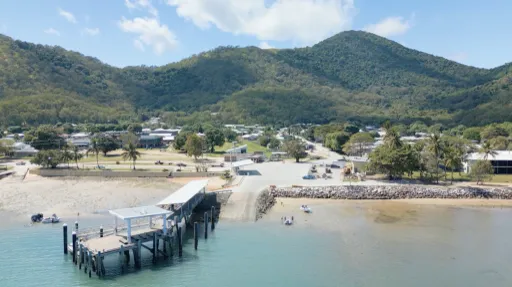
Compared to urban centres, islands and remote communities have similar infrastructure needs but smaller budgets. Long distances cost of freight of construction materials and equipment. ENVIROMESH synthetic fibre solutions are ideal for such infrastructure projects as they are a cost-effective and sustainable alternative to steel mesh or rebar and are faster and safer to use.
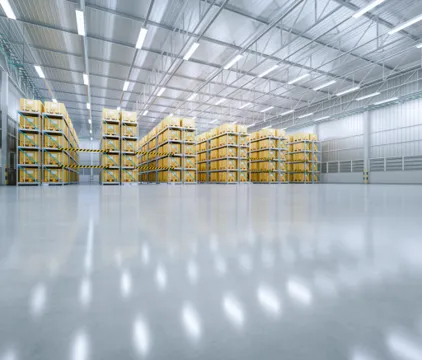
Synthetic fibres enhance the lifespan of factory or warehouse floors. This results in cost savings by reducing labour, construction, and setup times as the need for traditional steel reinforcement is reduced or eliminated completely. Our fibres also enhance ductility, leading to improved energy absorption, fatigue resistance, and increased resistance to impact and abrasion.
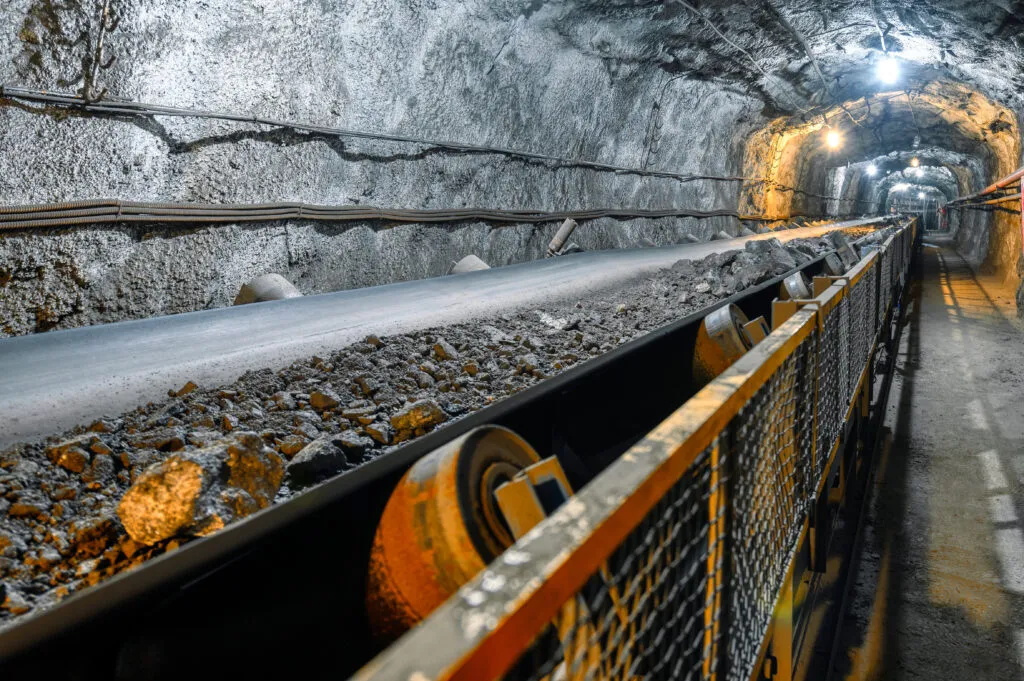
MSF provides innovative solutions that are strong and sustainable for mining applications. We can customise synthetic fibres for shotcrete applications in mining. We specialise in enhancing the production and application methods of sprayed concrete, tailoring concrete mix designs, selecting appropriate fibre types, and determining optimal dose rates based on local materials and conditions.
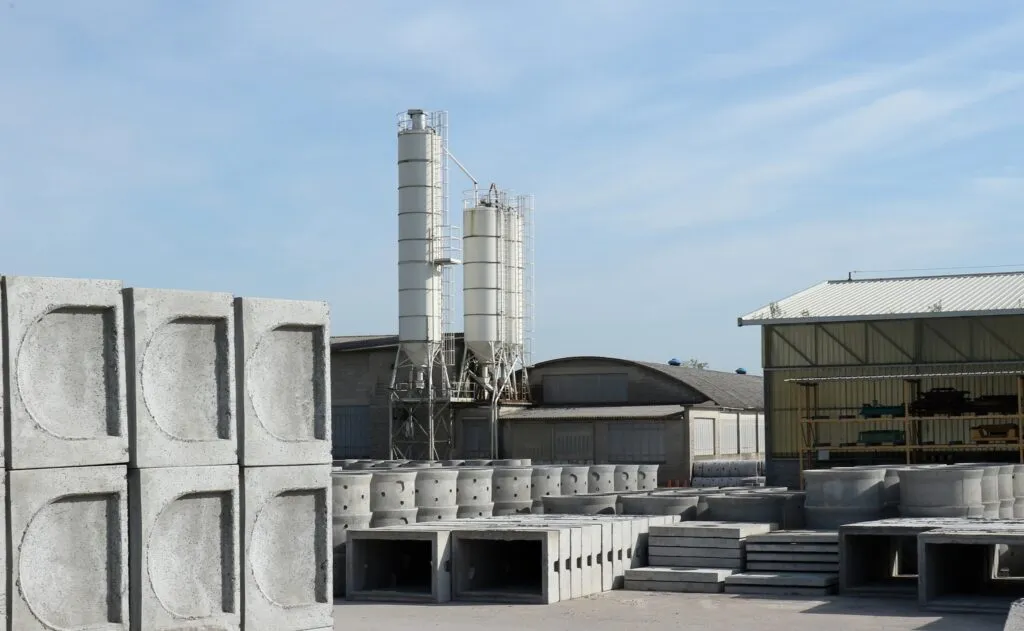
Synthetic fibres are used as an alternative to steel reinforcement for manufacturing precast concrete structures. They offer a convenient solution for creating contemporary, non-traditional shapes swiftly. ENVIROMESH synthetic fibres are safer to use and significantly enhance mould utilisation times and lead to cost savings through reduced labour and lower reinforcement expenses.
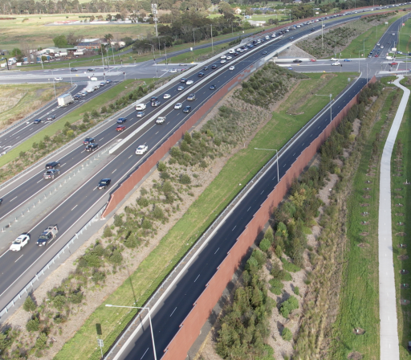
Material costs and availability, safety, timely project completion and design flexibility are critical to local and state government projects. Synthetic fibres are a perfect solution for projects aiming to reduce carbon footprint. Our recycled macro synthetic fibres (made from recycled plastic) are widely used in council infrastructure projects for footpaths, cycleways, and shared paths.
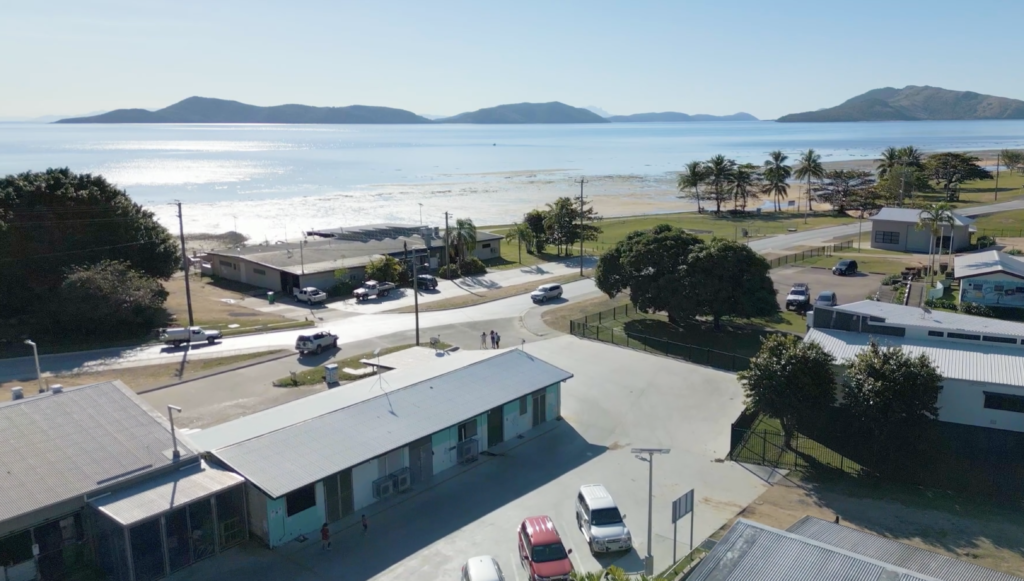
Steel or rebar reinforced concrete infrastructure is susceptible to corrosion in harsh coastal environment as moisture and salt combine to corrode the steel reinforcement. Synthetic fibres provide enhanced long-term durability for maritime and coastal infrastructure projects. Synthetic fibres significantly enhance the concrete's life, ultimately extending the lifespan of these valuable assets.
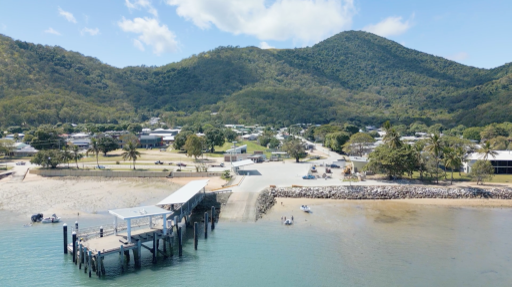
Compared to urban centres, islands and remote communities have similar infrastructure needs but smaller budgets. Long distances cost of freight of construction materials and equipment. ENVIROMESH synthetic fibre solutions are ideal for such infrastructure projects as they are a cost-effective and sustainable alternative to steel mesh or rebar and are faster and safer to use.

Synthetic fibres enhance the lifespan of factory or warehouse floors. This results in cost savings by reducing labour, construction, and setup times as the need for traditional steel reinforcement is reduced or eliminated completely. Our fibres also enhance ductility, leading to improved energy absorption, fatigue resistance, and increased resistance to impact and abrasion.
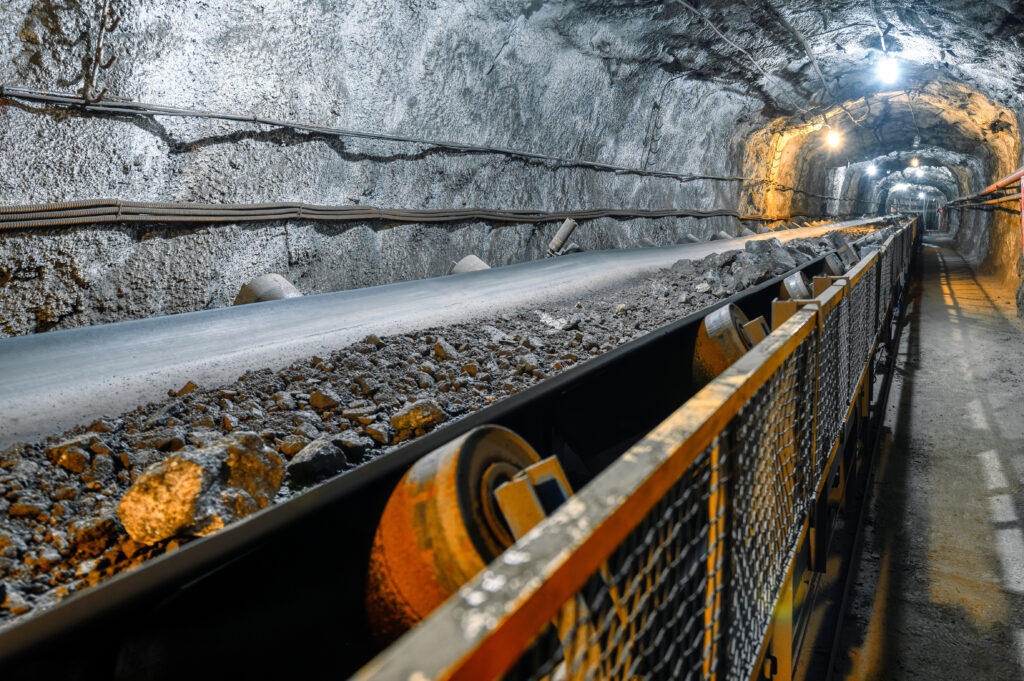
MSF provides innovative solutions that are strong and sustainable for mining applications. We can customise synthetic fibres for shotcrete applications in mining. We specialise in enhancing the production and application methods of sprayed concrete, tailoring concrete mix designs, selecting appropriate fibre types, and determining optimal dose rates based on local materials and conditions.
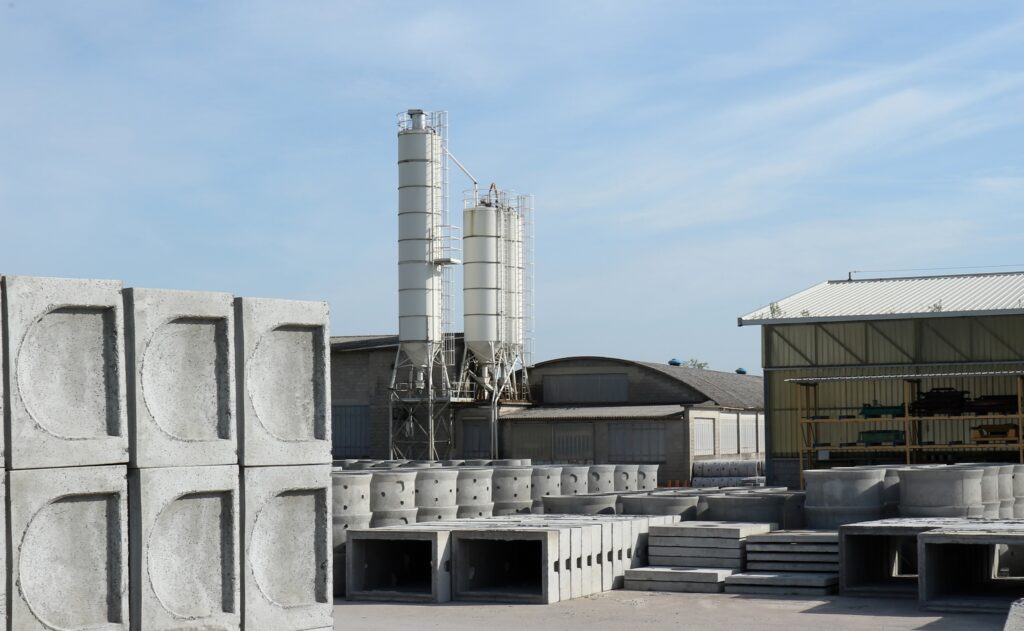
Synthetic fibres are used as an alternative to steel reinforcement for manufacturing precast concrete structures. They offer a convenient solution for creating contemporary, non-traditional shapes swiftly. ENVIROMESH synthetic fibres are safer to use and significantly enhance mould utilisation times and lead to cost savings through reduced labour and lower reinforcement expenses.
Your inquiry will be sent to the relevant department
If you are an existing customer / service provider / material supplier, please contact your respective ENVIROMESH representative in your region for a quicker response.
Traffic Systems Limited (TSL)
All enquiries for the UK, Ireland and Americas can be sent to our Australian HO. We are working on setting up our branches in London and New York.
Below are some short answers to frequently asked questions. You can find detailed information on respective fibre pages from the menu. You can also reach out for in depth discussion to find suitable fibres for a specific application or project.
Macro synthetic fibres are typically made of materials like polypropylene that are added to concrete to enhance its structural performance. They are used to control cracking, improve toughness, and increase durability.
MSF are added to concrete to provide several benefits, including:
– Reducing plastic shrinkage cracking.
– Enhancing resistance to freeze-thaw cycles.
– Improving impact resistance.
– Increasing toughness and ductility.
– Enhancing durability in aggressive environments.
Macro synthetic fibres are longer and thicker than micro synthetic fibres. They serve different purposes, with macro synthetic fibres being used primarily for structural reinforcement and crack control, while micro synthetic fibres are used mainly to control plastic shrinkage cracking.
No, different types of MSF have varying properties, including tensile strength, modulus of elasticity, and compatibility with different concrete mixes. It’s essential to select the appropriate type of MSF based on the specific project requirements and conditions.
MSF can help control cracking and reduce crack widths, but they cannot guarantee a completely crack-free concrete surface. The extent of crack control depends on various factors, including fibre type, dosage, mix design, and curing practices.
The suitability of MSF depends on the specific project requirements. While they are versatile and used in various applications, there may be situations where other reinforcement methods or materials are more appropriate. It is important to assess the project requirements before determining if the use MSF is suited to your project.
The addition of MSF may require adjustments to the concrete mix design to ensure compatibility and achieve the desired performance. Consultation with a structural engineer or concrete expert is crucial to determining the correct dosage and mix.
Curing remains an essential part of the concrete construction process. While the use of MSF can help mitigate cracking, it does not eliminate the need for proper curing to achieve optimal strength and durability.
MSF are usually added to the concrete mix during the batching process. They are dispersed throughout the mixture and become an integral part of the concrete. The fibres should be well-mixed to ensure uniform distribution.
Some of the advantages of using macro synthetic fibres in concrete include:
Yes, there are some important considerations:
Macro synthetic fibres are used in a wide range of concrete applications, including industrial floors, pavements, shotcrete, precast concrete, and structures exposed to harsh environments.
Macro synthetic fibres can be used in combination with traditional steel reinforcement or as a partial replacement, depending on the project’s requirements. They are not a substitute for structural steel in high-load-bearing applications.
The dosage of macro synthetic fibres depends on factors such as the type of fibres used, concrete mix design, and project requirements. It is typically recommended by the manufacturer, or a structural engineer based on specific project conditions.
Yes, there are industry standards and guidelines that provide recommendations for the use of macro synthetic fibres in concrete. These standards may vary by region, so it’s important to consult the appropriate codes and guidelines for your location.
Before using macro synthetic fibres in a concrete project, it’s essential to consult with a structural engineer or concrete expert to ensure proper design and implementation for the specific application and environmental conditions.
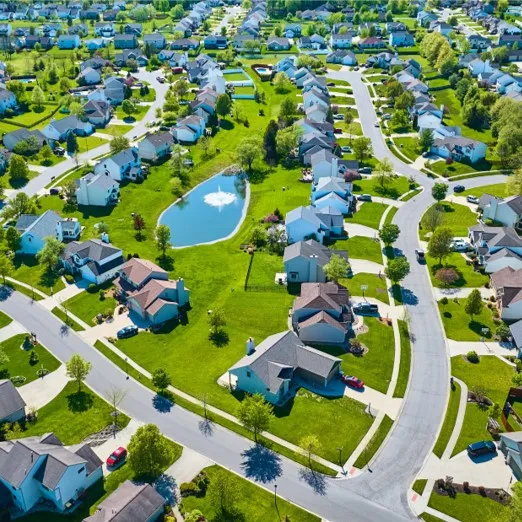
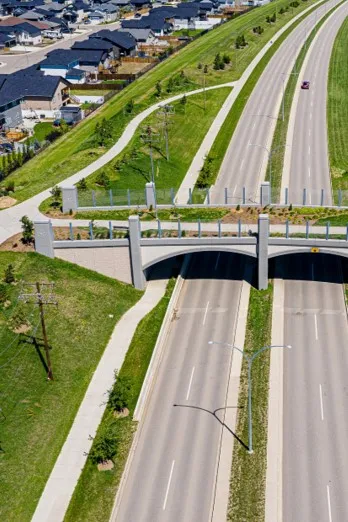
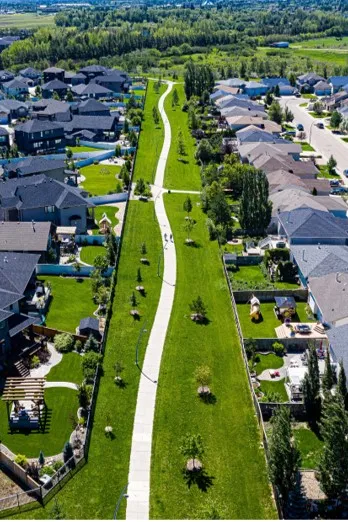
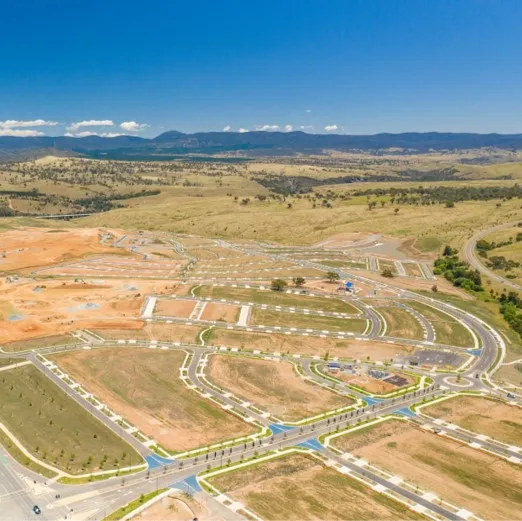

Manufacturers and suppliers of fibres for concrete reinforcement.
